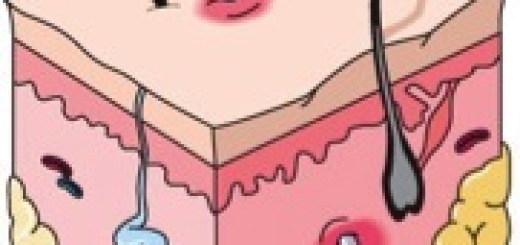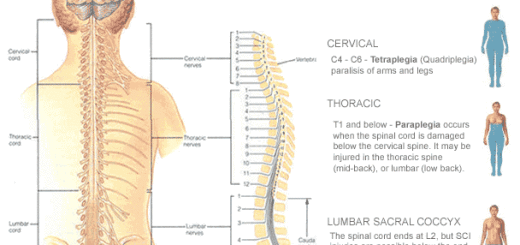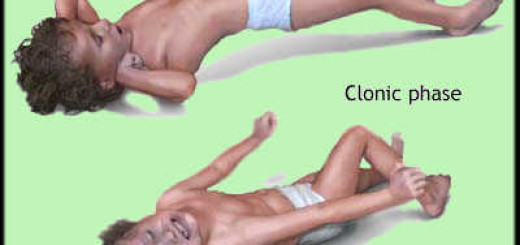How to Stop Nosebleeding in Children
Nosebleeds can be caused by a blow to the nose, picking or poking nostrils or blowing too hard. Sometimes a nosebleed has no obvious cause. Whatever the cause, the bleeding may seem heavy because the nostrils have a rich supply of blood vessels that lie close to the surface. Nosebleeds in children are very common and are seldom dangerous, in this guide we’ll discuss how to stop nosebleeds in children using basic first aid treatments.
Signs of a Minor Nosebleed
- Bleeding from the front of the nose that lasts for a few minutes, stops by itself, or is easy to control.
- Blood on the child’s pillow, bedclothes, or clothing.
Signs of a More Serious Nosebleed
- Bleeding from the nose that continues for more than ten or 15 minutes.
- Profuse flow of bright-red blood that comes in spurts, indicating an artery is involved.
- Bleeding from the ears or mouth in addition to the nose. This type of bleeding can indicate a much more serious injury.
How to Stop Nosebleeding in Children
- Have the child sit up, with the upper body tilted slightly forward, allowing the blood to drain from the front of the nose. (DO NOT tilt the head backward, which allows the blood to drain into the throat and may cause choking or vomiting.)
- Avoid excessive movement and have the child breathe normally through the mouth.
- Apply gentle pressure to the bleeding nostril by squeezing it between a finger and the bony cartilage separating the nostrils. Maintain the pressure for five to ten minutes, allowing the blood to clot. (Watch a clock.)
- If possible, apply a cold compress across the bridge of the nose. This helps constrict the blood vessels in the nose and reduce blood flow.
- After ten or 15 minutes, release pressure slowly. If the bleeding continues or recurs, repeat Steps 1 to 4.
- If bleeding still persists, seek urgent medical assistance
- After the bleeding stops, instruct the child to rest quietly for a half hour or so. He should remain sitting up or use pillows to prop the head. During this time, he should avoid nose blowing and laughing. Also caution the child against picking or poking the nose, which can provoke another nosebleed.
If there are signs of a severe nosebleed, arrange to get the child to an emergency room. While awaiting help, follow steps 1 to 4 for a minor nosebleed.
Helpful Tips and Tricks
- During a nosebleed, the child can be instructed to lean over a sink or basin so the blood can drain into it.
- Breathing excessively dry air can provoke nosebleeds by drying the nasal mucous membranes, causing them to crack. This often can be remedied by using a humidifier during the winter and placing a small amount of petroleum jelly in the child’s nostrils at bedtime. Saline nose drops can also be helpful.
- Discourage the child from nose picking or putting foreign objects into the nose.






Thank you